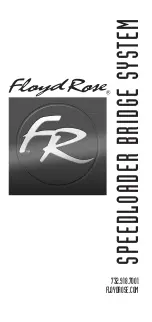
DL3 Scaling:
Install the the HOBOware software supplied with the DL-3 and connect the DL-3 to a
computer using the USB cable. Set input type for channel 1 to Voltage, scale to 0 VDC =
0 PPM and 2.5 VDC = to the scale value in the UV-100. For further details about
HOBOware setup contact technical support.
APPENDIX E
THEORY OF OPERATION
The Eco Sensors Ozone Monitor is designed to enable accurate measurements of
indoor ozone over a wide dynamic range extending from a limit of detection of .01 ppm
by volume (ppmv) to an upper limit of about 1,000 ppm based on the well established
technique of absorption of ultraviolet light at 254 nm. The Ozone Monitor is light weight
(4.7 lb., 2.1 kg.) and has low power consumption (
≈
5 watt) relative to conventional
instruments and is therefore well suited for applications such as:
•
Industrial hygiene monitoring where ozone may be present in the workplace.
•
Control of ozone generators and systems.
•
Research and quality checking of ozone emitting equipment.
•
Monitoring high ozone concentrations such as process off-gassing.
Theory of Operation
Absorption of UV light has long been used for measurements of atmospheric ozone with
high precision and accuracy. The ozone molecule has an absorption maximum at 254
nm, coincident with the principal emission wavelength of a low-pressure mercury lamp.
Fortunately, few molecules found at significant concentrations in the atmosphere absorb
at this wavelength. However, interferences, such as organic compounds containing
aromatic rings, can occur in highly polluted air.
Figure 1 is a schematic diagram of the ozone monitor. Ozone is measured based on the
attenuation of light passing through a 6.2 cm long absorption cell fitted with quartz
windows. A low-pressure mercury lamp is located on one side of the absorption cell, and
a photodiode is located on the opposite side of the absorption cell. The photodiode has a
built-in interference filter centered on 254 nm, the principal wavelength of light emitted by
the mercury lamp. An air pump draws sample air into the instrument at a flow rate of
approximately 1 L/min. A solenoid valve switches so as to alternately send this air
directly into the absorption cell or through an Ozone scrubber and then into the
absorption cell. The intensity of light at the photodiode is measured in air that has
passed through the Ozone scrubber (
Io
) and air that has not passed through the
scrubber (
I
). Ozone concentration is calculated from the measurements of
Io
and
I
according to the Beer-Lambert Law:
15



































